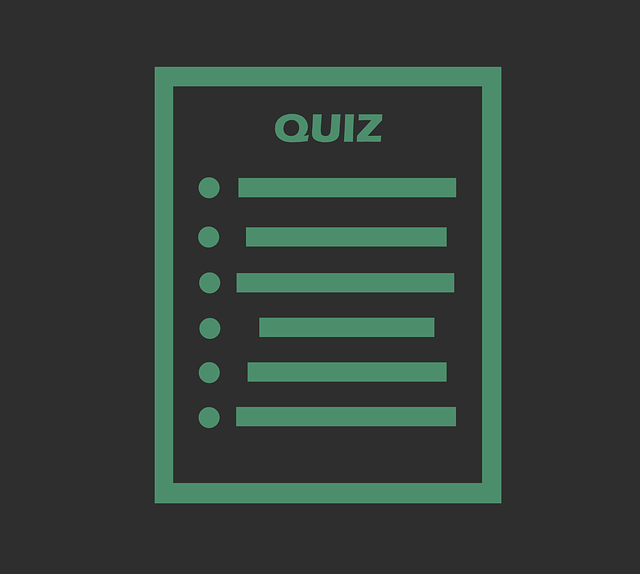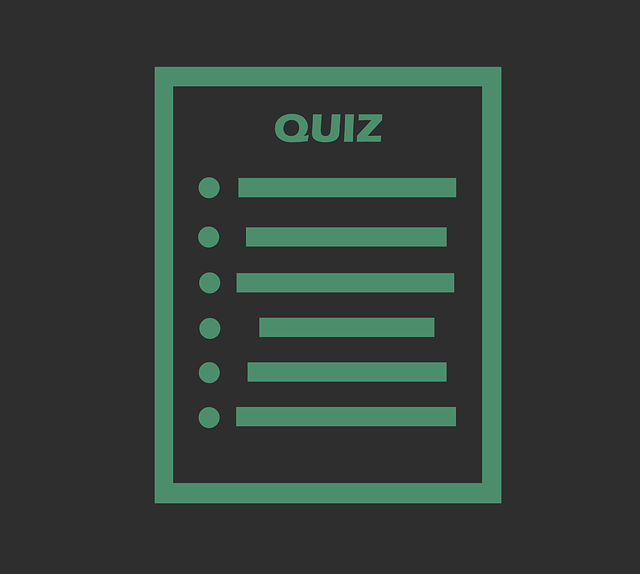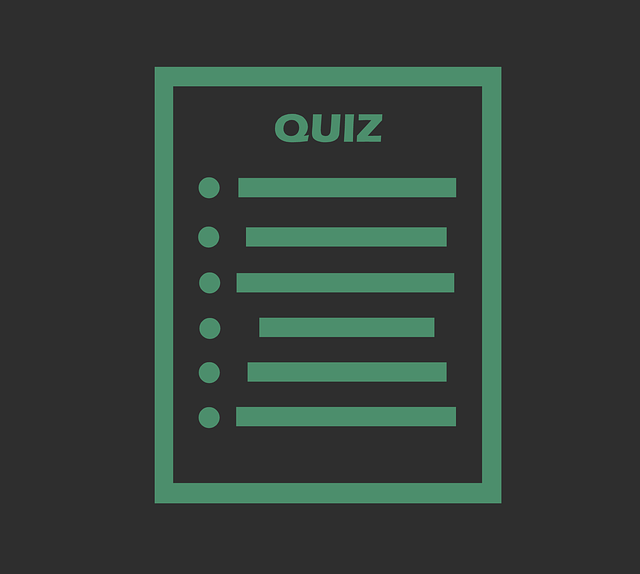In this blog you will find the correct answer of the Coursera quiz Introduction to Public Speaking Coursera week 4 Quiz mixsaver always try to brings best blogs and best coupon codes
1.
Question 1
Jurgen is a mechanical engineer. He has always been a bit shy.
He has lots of close friends but tends not to be too outgoing in new social
settings. To make matters worse, he had a really bad public speaking experience
in the past year. He was a designer on some custom glass cutting equipment for
a local production facility. He was demonstrating the new equipment for customer,
walking them through the process, when he forgot everything he was going to
say. He became very flustered and the audience became noticeably annoyed. He
has to deliver another product demonstration in two weeks and is feeling a huge
amount of apprehension.
Which of the following best describes Jurgen and Chun’s
apprehension?
1 point
- Jurgen has low state speech apprehension. Chun has high trait apprehension, and is experiencing high state apprehension.
- Jurgen has high state speech apprehension. Chun has high trait apprehension, but is experiencing low state apprehension.
- Jurgen has high state speech apprehension. Chun has low state apprehension, but is experiencing trait state apprehension.
- Jurgen has high trait speech apprehension. Chun has low trait apprehension, but is experiencing high state apprehension.
- Jurgen has high trait speech apprehension. Chun has low state apprehension, but is experiencing high trait apprehension.
2.
Question 2
We talked about systematic sensitization as a treatment for public speaking apprehension. Here is an example of how you might use this technique.
Find a comfortable chair and start with some relaxation techniques. Breathe slowly and think about each part of your body relaxing, moving slowly from your legs to your head. Once thoroughly relaxed (but not asleep), imagine a public speaking encounter. To begin with, imagine a relaxed speaking encounter. Let’s say you picture telling a story to a group of friends. The more detailed you can make this visualization, the better. Next, imagine a slightly more stressful speech. Let’s say you picture yourself explaining your last work project to a small handful of colleagues in a relaxed office setting. Still relaxed? If not, recognize that and relax your muscles again. Move on to a more stressful event, and so forth, increasing the formality, size, and prestige of the audience.
Why is this supposed to work?
1 point
- You are calmer.
- You are increasing the stimulus while maintaining a relaxed state.
- You are visualizing yourself doing well.
3.
Question 3
For fluency, which is more important? Articulation Rate (how fast you say individual words) or Speech Rate (how many words you say in a span of time)?
1 point
- Speech Rate
- Articulation Rate
4.
Question 4
Which of the following are situational factors that can make certain speeches more apprehensive inducing than others?
1 point
- Degree of evaluation
- Status
- Novelty
- Formality
5.
Question 5
The main resonating areas are the:
1 point
- nasal cavity, vocal folds, and pharynx.
- nasal cavity, oral cavity, and pharynx
- vocal folds, oral cavity, and larynx.
- pharynx, larynx, and vocal folds.
Important link:
- Introduction to Public Speaking Coursera week 1 Quiz
- Introduction to Public Speaking Coursera week 2 Quiz
- Introduction to Public Speaking Coursera week 3 Quiz





